Sheet Metal fabrication is the creation of useful metallic parts and structures by the application of multiple fabrication processes. Sheet metal fabrication is basically a broad term that involves various complex processes like cutting, forming, bending, welding, machining, and assembling. Fabrication shops or Fab shops are the places where the processes related to sheet metal fabrication are performed. Sheet metal fabrication is a vital process in various industries, from automotive to aerospace, construction, and electronics. In this article, we will explore the materials, processes, and tools required for sheet metal fabrication.
What is Sheet Metal Fabrication?
Sheet metal fabrication is defined as the process of turning flat metal sheets into useful products. Various special tools are used in this process to convert sheet metals into useful components with minimal effort. It is a value-added process to create machines, structures, or component parts following engineering drawings,, which usually serve as the instruction sheet to produce a finished product from the base metal. Sheet metal fabrication refers to the process of transforming flat sheets of metal into desired shapes and structures through various methods, such as cutting, bending, and assembling. The metals commonly used in this process include aluminum, steel, copper, and brass, chosen for their strength, durability, and suitability for specific applications.
Types of Sheet Metal Fabrication Materials
There are many different types of sheet metals available that are suitable for various fabrication processes. The choice of metal depends on the final use of the fabricated parts. Common metals and alloys that are widely used for the sheet metal fabrication process are:
- Carbon Steel
- Stainless Steel
- Aluminum
- Magnesium
- Bronze
- Copper
- Brass
- Aluminized steel,
- Galvanized steel,
- Titanium
Steps Involved in Sheet Metal Fabrication Process
The steps that usually are followed in sheet metal fabrication jobs are:
- Working with blueprints– The first step in the metal fabrication process is to create the blueprints to determine the sheet metal product specifications for making rough drawings.
- Creating a final shop drawing– Final engineering drawings are then prepared after rounds of checking of the rough drawings and calculations. It is ensured that the final product meets all necessary specifications and requirements. The final drawings include in-depth calculations of sheet metal stress levels and load limitations to determine the steps of the fabrication process.
- The metal fabrication process– The sheet metal fabrication process involves cutting, bending, welding, forming, joining, and finishing.
- Product finishing– After fabrication of the component is complete, a product has to undergo the product finishing steps like sandblasting, brushing, polishing, powder coating, plating, etc. After this step, the product will be ready for commercial use.
Types of Metal Fabrication Processes
The journey to the final product from raw sheet metals proceeds through various sheet metal fabrication processes. All the sheet metal fabrication processes can be grouped into the following three categories:
- Cutting
- Deformation
- Assembly
Sheet metal fabrication: Cutting
The most widely and frequently used sheet metal fabrication process is cutting. A variety of different types of machinery are used to cut sheet metal to manipulate it for making a component. They are:
Laser Cutting: Laser cutting is a very quick, energy-efficient, and precise sheet metal cutting process that uses a powerful laser to cut thin or medium gauges of sheet metals.
Water Jet Cutting: In water jet cutting, a high-pressure jet of water with abrasive substances is used to cut the sheet metals. As water jet cutting does not generate heat in the process, this sheet metal fabrication process is particularly useful for metals having low melting points to avoid deformation due to heat generation.
Plasma Cutting: Plasma cutting is used for thicker sheet metals. In this metal fabrication process, a jet of hot plasma is used to penetrate the metal sheets. This method is highly powerful having low setup costs, however, less accurate than laser cutting or water jet cutting.
The comparison between Laser cutting, Water jet cutting, and Plasma cutting is provided in Table 1 below:
| Sheet Metal Cutting Process | Laser Cutting | Water Jet Cutting | Plasma Cutting |
| Advantages | A wider range of materials. Depth control functionality can engrave and part mark. Negligible residual burrs. Low surface roughness. Small deformation. | No burr. Precision Cutting. No Heat Generation. Wide range of materials. | Cost-effective option. Suitable for thicker sheet metals. |
| Disadvantages | Heat distortion may occur. Costly. Possibilities of HAZ formation. Not suitable for thicker gauge sheet metals. | Less precise than laser cutting. Not suitable for part marking or engraving. High cost | Produces rough cut with large burr. Leaves HAZ. Limited to electrically conductive materials only. |
Punching or Piercing: In this method, a punch and die cut precise holes in sheet metals. The sheet metal is placed between those two components and the metal punch perforates the sheet to remove circular pieces, which can be used as new workpieces known as blanking. For large-scale production, punching is an effective process but not cost-effective for smaller jobs.
Sawing: Different types of sawing operations can be performed to cut softer sheet metals.
Machining: In this process, sheet metals are cut using tools like a drill bit or lathe blade.
Sheet metal fabrication: Forming or Deformation
Deformation is the next major method for sheet metal fabrication processes. In this process, the sheet metal is manipulated or shaped without cutting it. Widely used sheet metal deformation processes are:
Bending: Sheet metal bending is one of the most popular deformation processes. A machine known as a Press brake is used to bend sheet metals into V, U, or other complex shapes. With an increase in gauge thicknesses of sheet metals the force required to bend increases. The process of removing the bends from sheet metal is known as decambering.
Stamping: In the stamping process, a hydraulic or mechanical stamping press equipped with a tool and die is used to perform specific tasks like curling, drawing, embossing, flanging, etc.
Hemming: Hemming is a process by which the edges of sheet metal are folded over itself or another piece of sheet metal to create a rounded edge. In the sheet metal fabrication process, two types of hemming processes are widely involved. They are roll hemming and conventional die hemming. Conventional hemming is used for mass production. A hemming roller is used for roll hemming.
Spinning: Spinning is a metal fabrication process where a lathe machine is used to rotate the sheet metal against a tool to produce conical or cylindrical shapes.
Other sheet metal deformation processes include rolling and wheeling. Rolling involves the use of a pair of rollers to reduce its thickness whereas wheeling produces compound curves in sheet metals.
Sheet metal fabrication: Assembly
Assembly is basically joining sheet metal components produced using above mentioned cutting or bending processes. The common sheet metal assembly process consists of joining by Welding and joining using fasteners.
Welding: In the welding process, sheet metal components are joined together by melting sections with the application of heat to form a solid connection. There are various processes available that are used to weld sheet metals.
Joining using Fasteners: Similar or dissimilar sheet metal parts can easily be joined using fasteners like bolts, screws, rivets, etc.
Brazing: Brazing is a process similar to welding that operates by melting a filler without melting the sheet metals.
Adhesives: Adhesives can be used to hold metal sheets together in conjunction with other joining methods.
Applications of Sheet Metal Fabrication Process
Sheet metal is considered one of the most versatile materials and processes in the world today. Numerous large and small components are developed by designers and engineers. Sheet metal fabrication processes are used in every industry, including:
- Refrigerators, freezers, and other home appliances
- Airplane components
- Automobile parts and Chassis
- Brackets
- Metal sinks
- Consumer goods industry
- Electrical enclosures
- lockers, furniture, and Cabinets
- Busbars
- HVAC industry
- Steel shades and garages
- Electronics and robotics industry
- Stainless steel kitchen accessories, surgical instruments, tanks, valves, and piping
- Mounts
- Construction industry
- Energy Sector
- Aluminum sheet metals in phones, laptops, and light casings
Advantages and Disadvantages of Sheet Metal Fabrication
As sheet metal fabrication covers a wide area of techniques and methods, the advantages and limitations will vary depending on the process used during fabrication. The general benefits are:
- Sheet metal fabrication is fast and can produce high-quality components.
- A large number of processes are available with a wide range of materials.
- High strength-to-weight ratio for sheet metal fabricated parts.
The main disadvantages of the sheet metal fabrication process are
- Each fabrication process has its own limitations.
- The high initial cost for set up of equipment and tools.
- Requirement of skilled laborers for each process
How do you fabricate sheet metal?
There are various available techniques or processes which are applied to fabricate sheet metals. The most popular sheet metal fabrication processes are cutting, welding, bending, stretching, forming, shrinking, finishing, etc. Using these methods, any kind of useful sheet metal product can be produced to suit the requirements.
What are the metal sheets used for fabrication?
The metal used for the sheet metal fabrication process depends on the end-use of the product. In general, the metals that are conventionally used for sheet metal fabrication purposes are Steel, Stainless Steel, Aluminum, Brass, Copper, Bronze, Magnesium, etc.
What is a sheet in manufacturing?
The term sheet in manufacturing any final product refers to the raw sheets of metals that are processed and assembled to produce the final product using various metal fabrication techniques.
What are the 3 main fabrication techniques?
The main three types of fabrication techniques are cutting, deforming, and assembling.
What is sheet metal fabrication used for?
Sheet metal fabrication is the process by which industrial products are produced and thus widely used for industrial and consumer parts and in various industries like automotive, robotics, aerospace, energy, etc.
What does a sheet metal fabricator do?
Sheet metal fabricators are the professionals responsible for the fabrication or installation of products made from thin metallic sheets. They prepare the final product following the design drawings and using several fabrication techniques.
What thickness is sheet metal?
The thickness of sheet metal varies from 0.5 mm to 6 mm. When the thickness exceeds 6 mm, it is termed a metallic plate. The thickness of sheet metals being lower are easier to form.
What are the sheet metal fabrication tools?
There is a range of tools that are used by metal fabricators for sheet metal fabrication. Some of the most widely used metal fabrication tools are:
- Guillotine
- Oxy-Fuel Cutting Torch
- Beam Drill Line
- Overhead Crane
- Multi-Press
- Punch and Flange Tools
- Hole Drilling/Cutting Tools
- Planishing Hammers
- English Wheels
- Dimple Dies
- Corner Notchers
- Cutting Saw
- Hydraulic Bender
- Mini metal Lathe and Mill
- Bead Roller
- Shrinker/Stretcher
- Shearing tool
- Sheet metal brake
- Metal forming kit
- Grinder
- Jig Saw Blade
There is much more to learn and the following three online courses will surely help to improve your knowledge of sheet metal fabrication, design, and working:

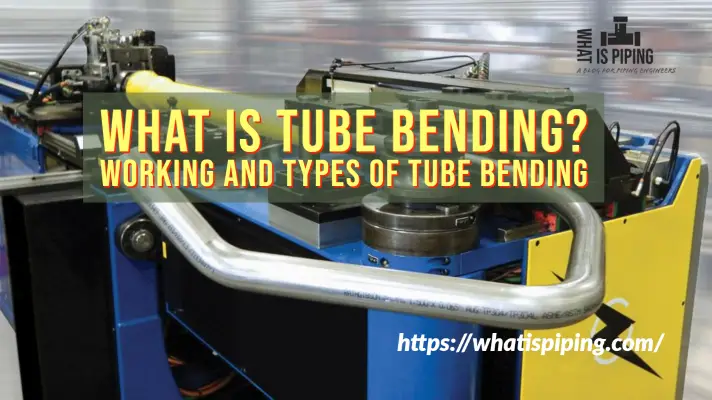
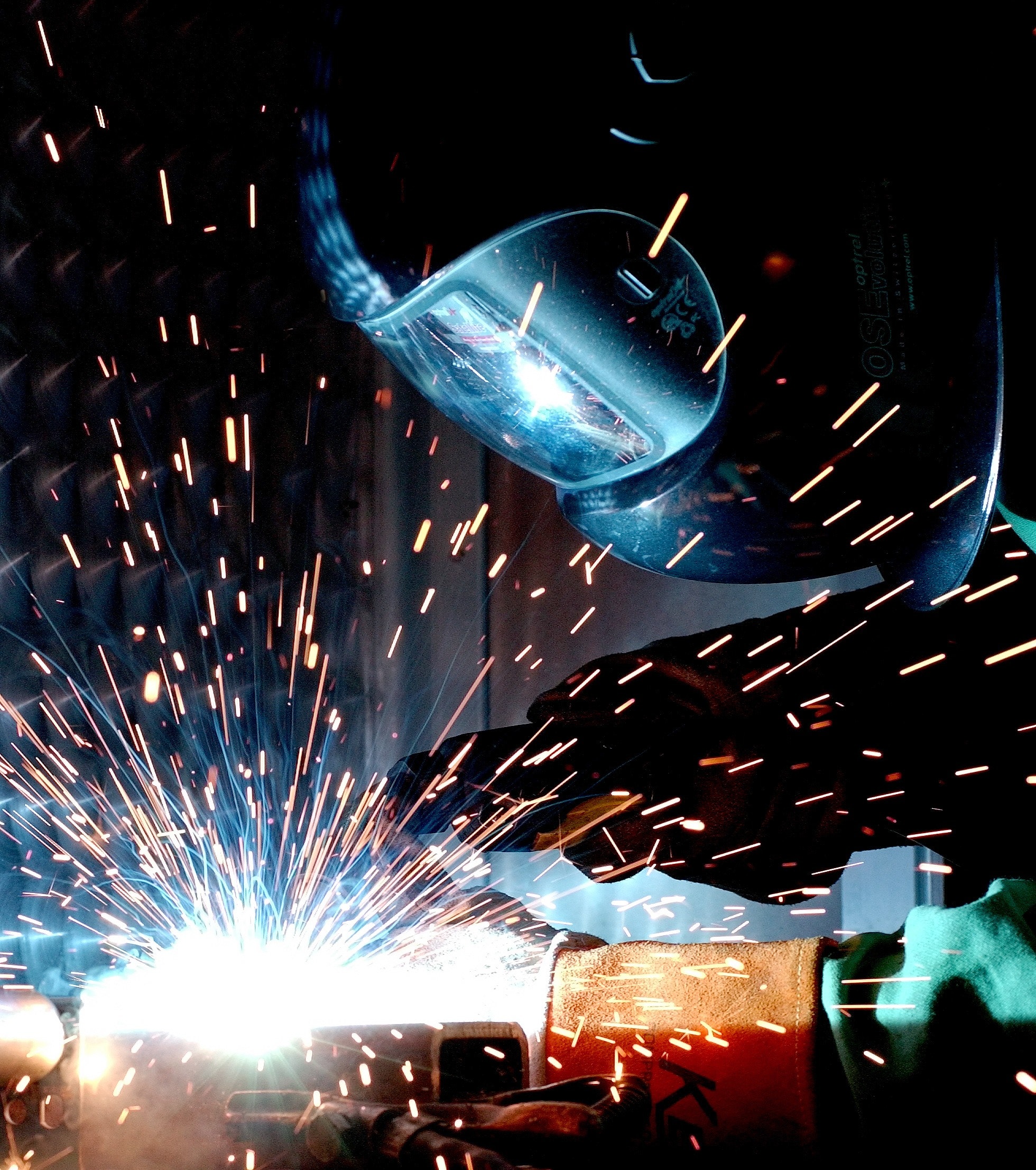
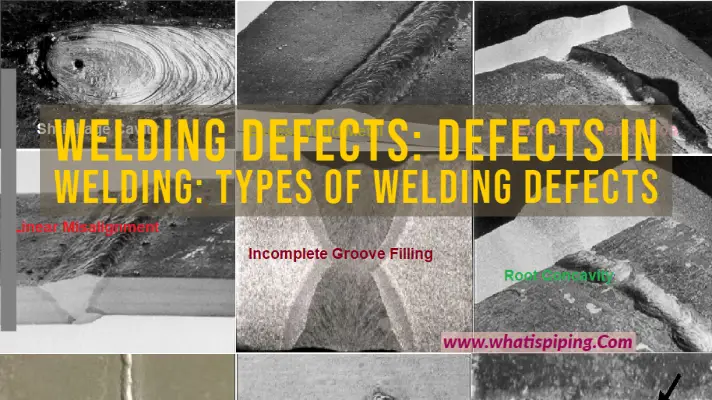
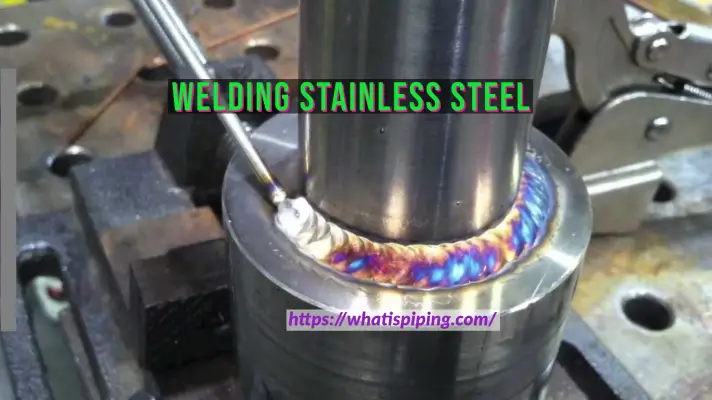
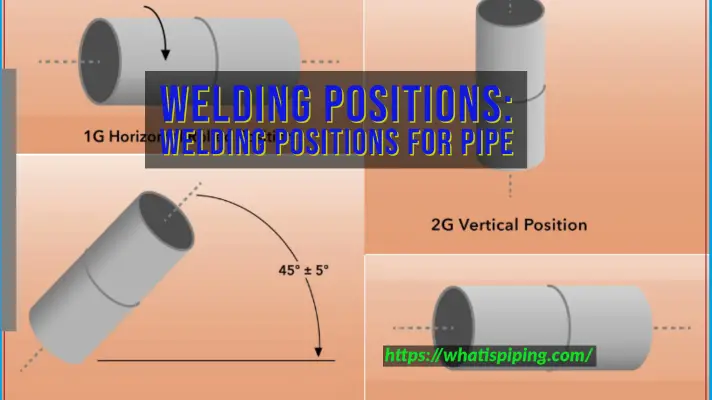


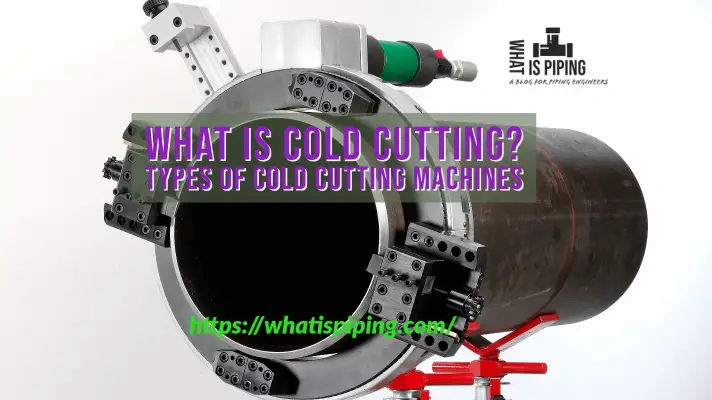
very good posting . Please continue your work .